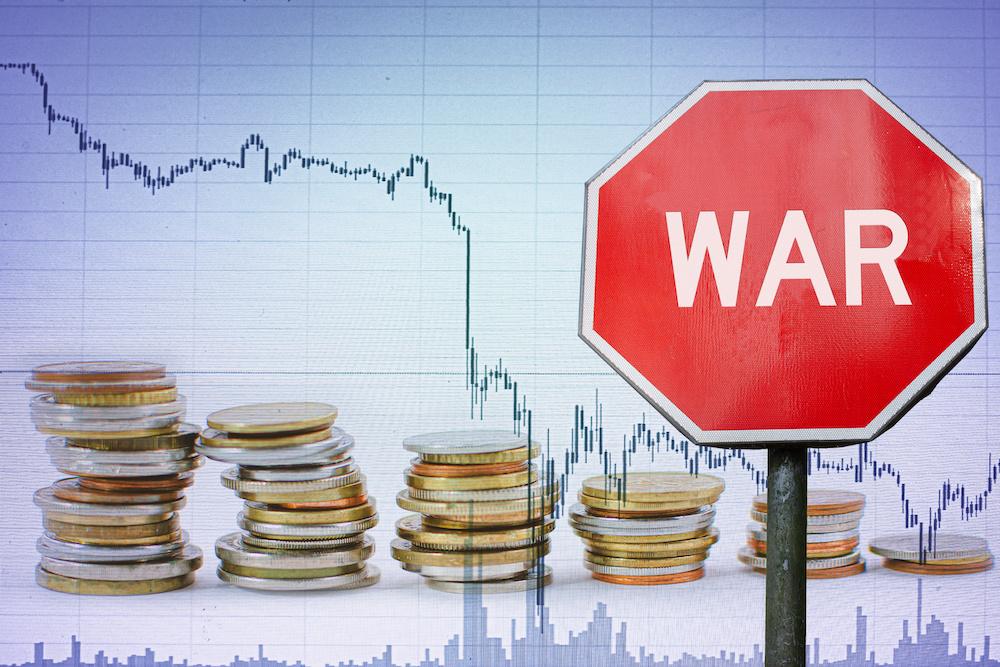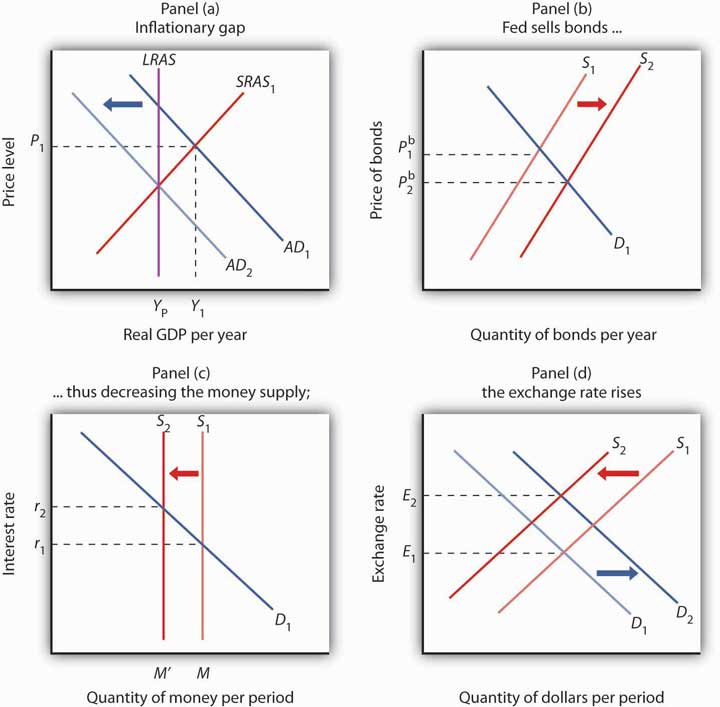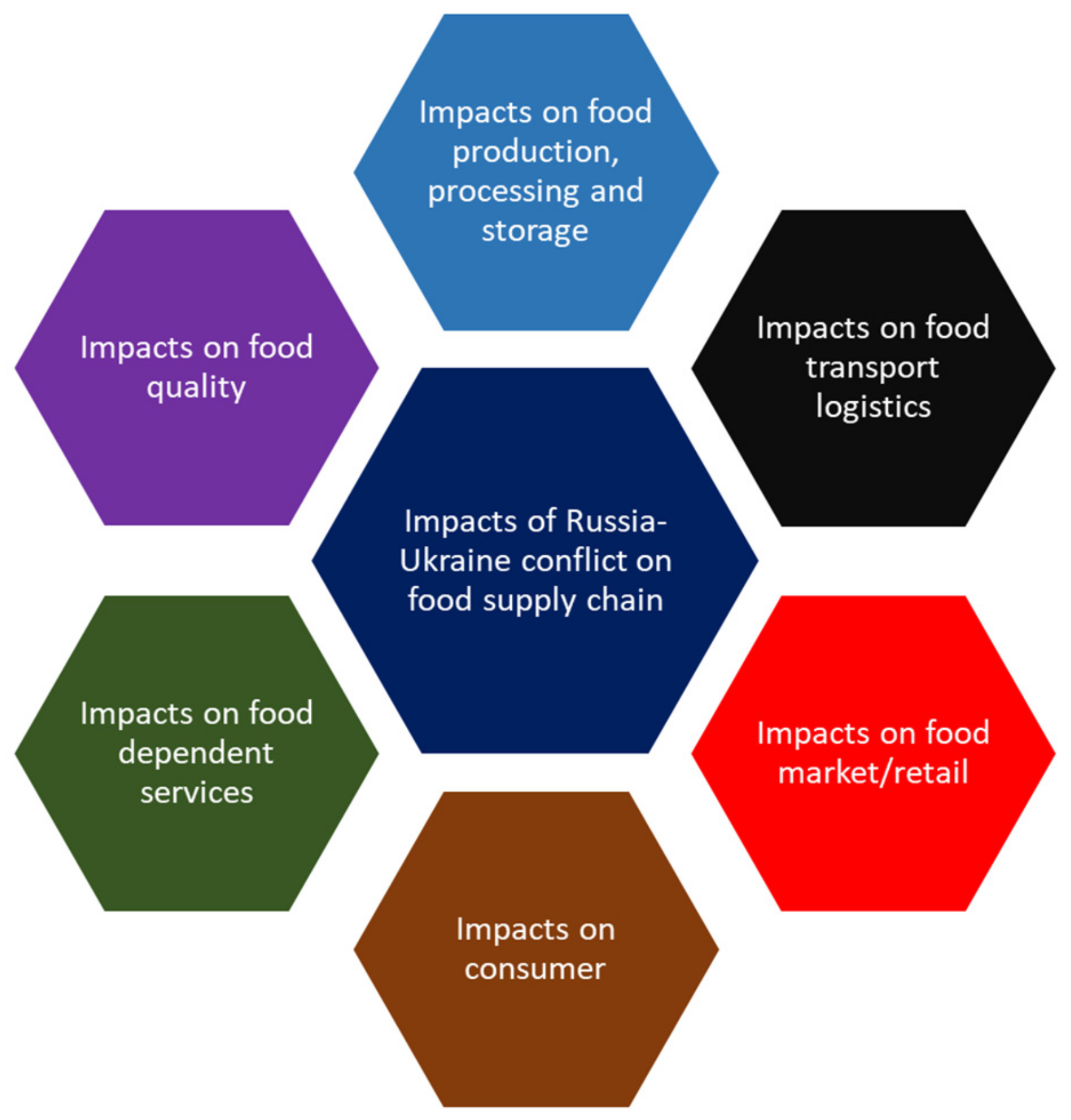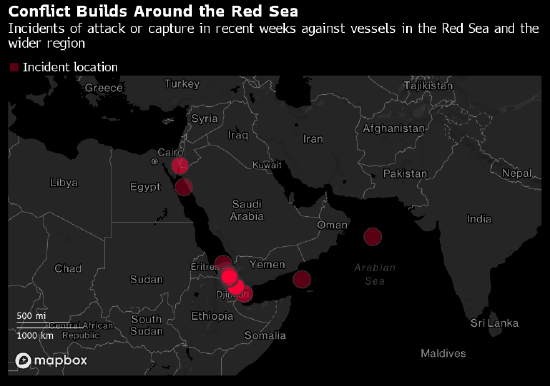Economic Aftermath: Navigating Ukraine’s Post-War Landscape
3 min read

Navigating the Economic Aftermath: Ukraine’s Post-War Landscape
As Ukraine emerges from the devastating impact of war, the economic aftermath presents a complex and challenging landscape. This article delves into the nuances of Ukraine’s post-war economic scenario, exploring the challenges faced and the strategies employed to rebuild and reshape the nation’s economic future.
Link to Comprehensive Analysis: Economic Aftermath Ukraine War
For an in-depth analysis of Ukraine’s economic aftermath in the post-war era, refer to this comprehensive resource. Gain insights into the intricate dynamics shaping the economic landscape, offering valuable perspectives for a holistic understanding of the rebuilding process.
Assessment of Infrastructure Damage: A Crucial Starting Point
The economic aftermath begins with a comprehensive assessment of infrastructure damage. Rebuilding requires a meticulous examination of the extent of destruction to key elements such as transportation networks, utilities, and communication systems. This assessment lays the groundwork for targeted and effective reconstruction efforts.
Economic Downturn and Stabilization Efforts
The immediate aftermath of war often brings about an economic downturn. Stabilization efforts become paramount to curb further economic decline. Governments implement policies aimed at restoring economic stability, including fiscal measures, monetary policies, and incentives to encourage business activities.
Trade Rebuilding and Global Reintegration
Rebuilding trade relationships is a crucial aspect of the economic aftermath. Nations emerging from conflict work towards reintegrating into the global economy by reestablishing trade ties and partnerships. This involves negotiating new trade agreements, diversifying export markets, and rebuilding trust among international trading partners.
Investment Climate and Attracting Capital
Rebuilding the investment climate is instrumental in jumpstarting economic recovery. Creating a conducive environment for investment involves implementing policies that attract both domestic and foreign capital. This may include regulatory reforms, tax incentives, and initiatives to reassure investors of the nation’s stability.
Humanitarian and Social Reconstruction Initiatives
Beyond economic aspects, the aftermath of war necessitates attention to humanitarian and social reconstruction. Initiatives focused on rebuilding communities, providing social support, and addressing the needs of displaced populations contribute to the broader process of rebuilding a resilient and inclusive society.
Government Policies for Economic Renewal
Strategic government policies play a central role in economic renewal after the war. Policies are tailored to address the specific challenges faced, with a focus on fostering innovation, encouraging entrepreneurship, and ensuring equitable distribution of resources. Government interventions become a driving force for economic rejuvenation.
International Aid and Collaborative Reconstruction
International aid and collaborative reconstruction efforts play a significant role in the post-war economic aftermath. The global community often extends support through financial assistance, technical expertise, and collaborative initiatives. International partnerships contribute to a more comprehensive and accelerated recovery process.
Job Creation and Economic Empowerment
Job creation becomes a priority to address the economic aftermath’s impact on employment. Initiatives aimed at creating new jobs, vocational training programs, and support for small businesses contribute to economic empowerment at the grassroots level, fostering sustained recovery.
Technological Advancements for Economic Leap
Embracing technological advancements becomes a catalyst for an economic leap in the aftermath. Investing in research and development, adopting digital technologies, and fostering innovation across industries position the nation for competitiveness in the evolving global economic landscape.
Environmental Sustainability in Reconstruction
As Ukraine rebuilds, there is a growing emphasis on incorporating environmental sustainability into reconstruction efforts. Integrating green practices and sustainable development principles ensure that the economic recovery is aligned with long-term environmental considerations, promoting resilience and responsible growth.
Conclusion: Navigating Towards a Resilient Future
In conclusion, the economic aftermath of Ukraine’s war is a multifaceted process that requires strategic planning and collaborative efforts. From infrastructure assessment and economic stabilization to social reconstruction and technological advancements, the nation is navigating towards a resilient future. The link between comprehensive assessments, targeted policies, and global collaborations underscores Ukraine’s commitment to rebuilding not just its economy but its entire societal fabric after the ravages of war.





